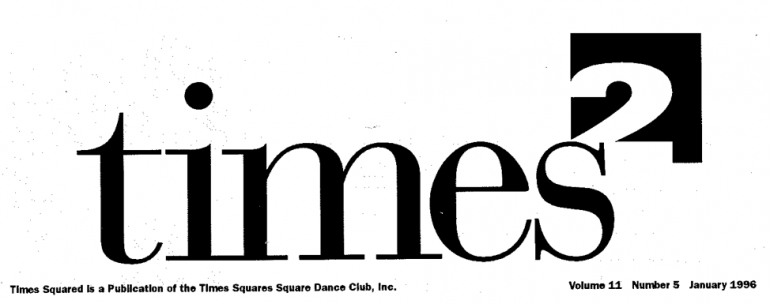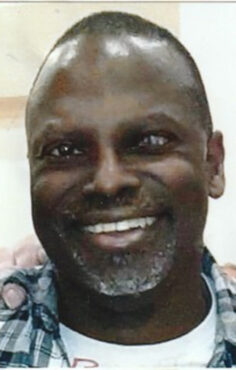Click here for the previous part and here for the next part.

Callerlab Recovery
Callerlab’s suggested method of recovery is for everyone in the broken square to return to their home (starting_ positions, and the heads slide right to form lines facing side walls. The caller will either pick up the facing lines (often using the hint, “Lines forward and back.”) and keep going or resolve the sequence quickly, in which case the heads just slide back to their starting position.
If any of the techniques in this article don’t work for you, use this method as your fallback. It’s quick, it’s easy, it’s standard and any experienced caller will recognize what’s going on immediately.
“Half-Broken” Square Recovery
If only one-half of your squares is broken (for example, during a “spin the top” involving both sides of the square), here’s a good “just keep moving” strategy. If you’re in the broken half of the square, make up a formation that look like the unbroken half of the squares, make a right-handwave with boys on the end. It doesn’t matter if the right boy is on the right end. The objective at this point is to keep your square moving to the end of the sequence!
If you’re in the unbroken half of the square and the other people are having a hard time recovering, you might want to quietly tell the other people what formation you’re in, and where the boys and girls are. For example, “Psst! Make a right-hand wave with boys on the end!”
Caller Directed Square Recovery
Often, a caller will notice something’s not right in one or more squares, and will cue the dancers so they know what formation they should be in. For example: “You’re got right-hand waves, boys on the end…” or “Centers, who are facing”. In such cases, if you’re lost, and the caller cues you to what formation you should be in, just get into that formation, whether or not you’re in the correct place for successful resolution.
Those are the basic methods for resolving broken squares, and require a fairly minimal amount of practice. However, these methods just keep the squares moving … you still have to scurry back into the correct place at the end of the sequence. How do you actually FIX the square mid-sequence? Let’s move onto some more advanced methods and find out.




